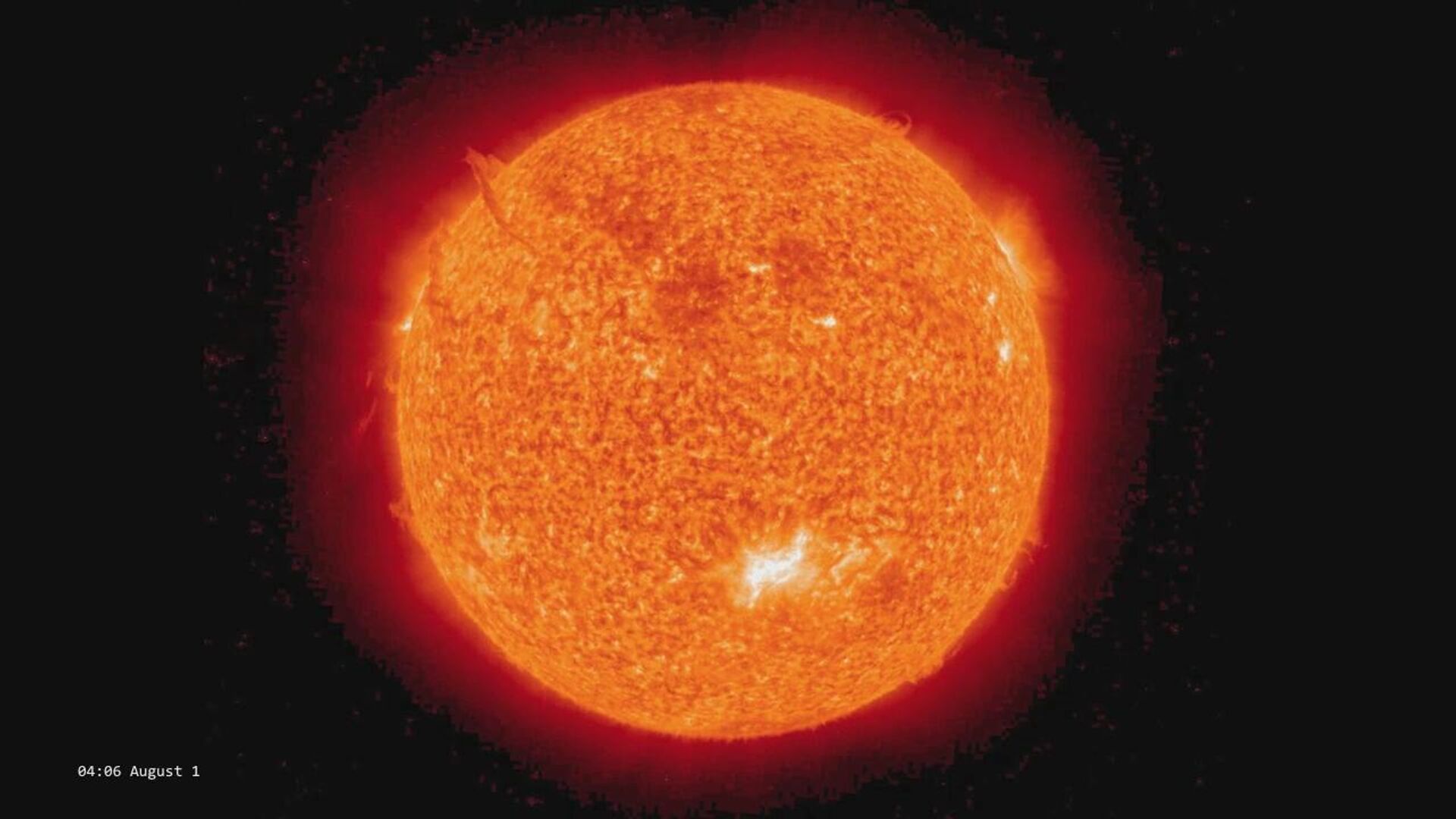https://en.sputniknews.africa/20240511/noaa-upgrades-solar-storm-status-to-extreme-warns-of-geomagnetic-storm-impacts-1066482575.html
NOAA Upgrades Solar Storm Status to 'Extreme,' Warns of Geomagnetic Storm Impacts
NOAA Upgrades Solar Storm Status to 'Extreme,' Warns of Geomagnetic Storm Impacts
Sputnik Africa
WASHINGTON (Sputnik) -The National Oceanic and Atmospheric Administration’s Space Weather Prediction Center has updated the solar storm status on Earth to... 11.05.2024, Sputnik Africa
2024-05-11T09:39+0200
2024-05-11T09:39+0200
2024-05-11T09:39+0200
earth
sweden
south africa
southern africa
weather
storm
https://cdn1.img.sputniknews.africa/img/07e8/05/0b/1066482701_0:0:1280:720_1920x0_80_0_0_13a47cf642c387d018586c1ffb688f3f.jpg
According to the center’s website, power systems and spacecraft operations may be impacted by the space weather conditions. The last G5 level storm to be registered was in October 2003 and resulted in power outages in Sweden and damaged transformers in South Africa, the website said. The Space Weather Prediction Center has forecasted that northern lights would possibly be visible in parts of the US.
https://en.sputniknews.africa/20240510/death-toll-from-cyclone-hidayas-fallout-in-tanzania-reaches-166-people-1066470740.html
earth
sweden
south africa
southern africa
Sputnik Africa
feedback@sputniknews.com
+74956456601
MIA „Rossiya Segodnya“
2024
Sputnik Africa
feedback@sputniknews.com
+74956456601
MIA „Rossiya Segodnya“
News
en_EN
Sputnik Africa
feedback@sputniknews.com
+74956456601
MIA „Rossiya Segodnya“
Sputnik Africa
feedback@sputniknews.com
+74956456601
MIA „Rossiya Segodnya“
earth, sweden, south africa, southern africa, weather, storm
earth, sweden, south africa, southern africa, weather, storm
NOAA Upgrades Solar Storm Status to 'Extreme,' Warns of Geomagnetic Storm Impacts
WASHINGTON (Sputnik) -The National Oceanic and Atmospheric Administration’s Space Weather Prediction Center has updated the solar storm status on Earth to "Extreme"(G5), the highest possible level.
According to the center’s website, power systems and spacecraft operations may be impacted by the space weather conditions.
The last G5 level storm to be registered was in October 2003 and
resulted in power outages in Sweden and damaged transformers in South Africa, the website said.
The Space Weather Prediction Center has forecasted that northern lights
would possibly be visible in parts of the US.


